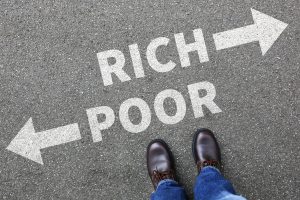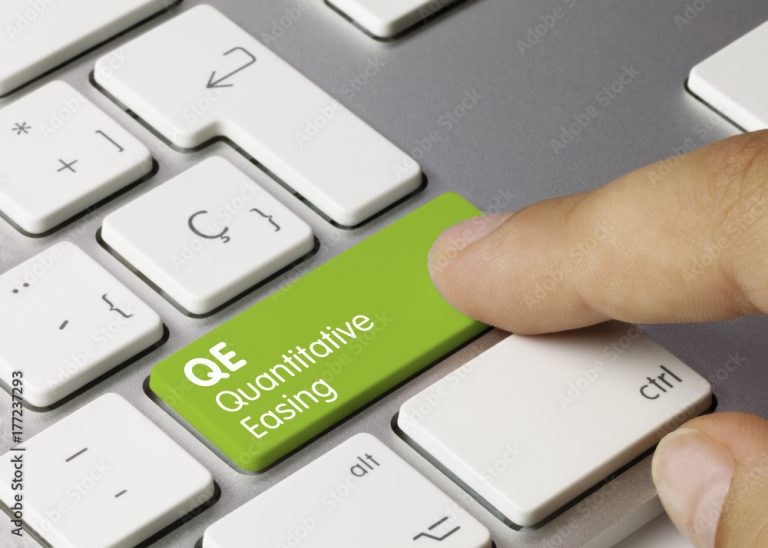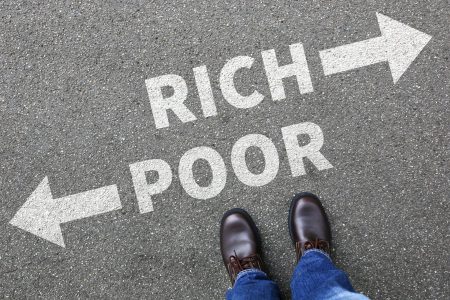The world of finance and investments is notorious for its extensive use of jargon. With a goal of enhancing financial literacy and making the world of money more transparent, we have our “monthly jargon” articles that focus on debunking financial terms that are often used sans explanation. The current unprecedented financial and economic environment has brought a few terms to the “Breaking News” headlines that play a significant role right now and are important to know and understand. This month, we are addressing one such term that has frequented the financial news amidst this COVID-19 pandemic: “quantitative easing.” When it comes to controlling the macroeconomic arena, governments can implement two courses of action: monetary policy and fiscal policy. Before we dive into our explanation of “quantitative easing,” we must first address what the term “monetary policy” insinuates. Put simply, monetary policy involves the manipulation of the money supply and interest rates by a nation’s central bank with the intention of stimulating the economy. When the economy needs a boost, the central bank, which in the U.S. is the Federal Reserve, can cut interest rates, making it less expensive to borrow money and simultaneously increasing the money supply, the total pool of currency and liquid investments circulating in an economy. On the opposite end of the spectrum, if an economy is robust and growing, a central bank can tighten monetary policy by raising interest rates to remove money from circulation to keep inflation in check.
Quantitative easing is a form of monetary policy that involves a central bank, like the Fed, purchasing longer-term securities – mostly government securities like Treasury bonds – from the open market to increase a nation’s money supply to spur lending and investing. In other words, quantitative easing represents the Fed’s ability to add new money to the economy. Quantitative easing is not specific to the U.S. – central banks of all countries around the world use quantitative easing as part of their monetary policies to increase the supply of money in their economies. As mentioned, the Federal Reserve more commonly referred to as the Fed is our central bank and acts to provide stability and safety to our nation’s financial and monetary systems. It is in charge of monetary policy in the U.S., and it is the Fed’s responsibility to keep inflation and interest rates in check and ensure economic growth. As we have seen recently, the Fed serves as the “lender of last resort” to provide banks and the economy with liquidity to prevent bankruptcy and financial panic amidst economic instability like we are currently experiencing as a result of the coronavirus crisis.
Quantitative easing is typically leveraged when interest rates approach zero because, at such a point, the Fed can no longer cut rates to influence the economy and additional action must be taken. On Sunday, March 15, to hedge the financial and economic impact of the coronavirus pandemic, the Fed cut interest rates to zero and announced a quantitative easing program of over $700 billion to backstop – the act of providing last-resort financial support – the U.S. economy. This quantitative easing or QE program entails $700 billion worth of asset purchases in the form of Treasury securities and mortgage-backed securities. Through this QE program, the Fed is increasing the U.S. money supply to provide banks with more liquidity to pump into the economy to spur economic activity during this period of social distancing that has halted the economy.
Overall, quantitative easing is a sound and prudent way for a central bank like the Fed to stimulate economic growth amidst an injured economy; however, there are drawbacks to this type of monetary policy. The primary concern is that by increasing the money supply, a central bank can cause inflation if adequate economic growth does not occur, which is why the Fed exists to constantly monitor the health of the U.S. economy and make adjustments when needed. Additionally, although quantitative easing can be quite effective, such actions by the Fed can lead to short-term fixes as opposed to long-term solutions. This is where fiscal policy – the government using its spending and taxing abilities to influence the economy – comes into play, as fiscal policy tends to have a greater effect over the long term.
Read the full article here









